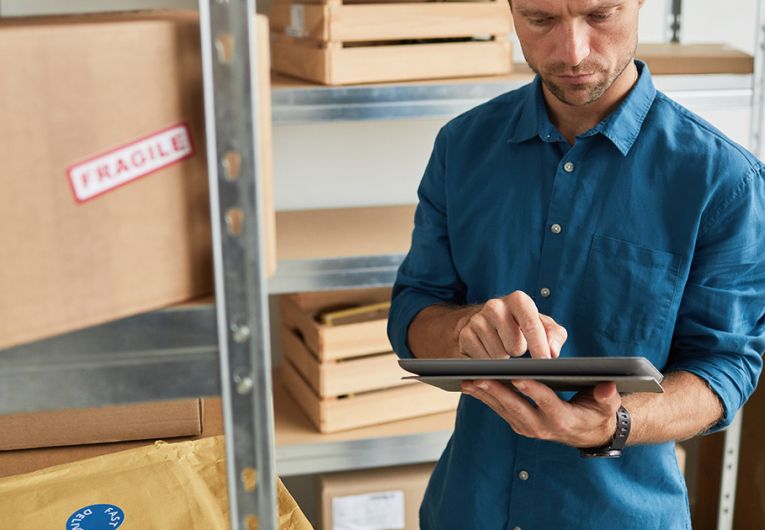
Four Things You Should Know About Taking Payments with a Smartphone or Tablet
“We take cash or credit card.” That’s easier to say if your small business operates out of a store. But what if you’re a plumber working in someone’s home? Unless you carry a card reader (and have a place to plug it in), it’s difficult to offer the convenience of credit card payment to your customers. Fortunately, mobile payment technology makes that easier. And with some services, all you need is an attachment for your smartphone or tablet. But before you start accepting payments with a mobile device, consider these four points.
- Decide Whether It’s a Shiny Object or Valuable Tool – It’s easy to get caught up in new technology. After all, it’s pretty impressive. But will it help you grow your business? For example, some mobile payment systems offer to calculate sales tax, add a tip or manage customer information. That might help you track business trends. It’s also important to consider whether this is a good fit for your customers. Is this a service they are asking for or would use? Would the convenience attract new customers?
- Get Familiar with the Fees – Just like in-store credit card transactions, there is often a fee to participate in the service. Some charge a monthly fee, others a per transaction fee based on a percentage of the purchase. Some charge both. If you don’t intend to use the service on a regular basis, you might consider a transaction-only service like Square that has no monthly fee.
- Gear Up – The equipment you’ll need can vary based on the service you select. With some, you attach a small credit card reader to your mobile device and swipe the card. Square and GoPayment are two examples of this type. Others, like Dwolla and PayPal Here, don’t require you to purchase any equipment. Instead the customer logs in to an app on their smartphone and selects the vendor they want to pay. Payment is sent to your account. Still others, like Google Wallet, let customers store credit card information in an app. To make a purchase, they hold their mobile phone over a device (which you must buy or rent) and pay using their electronic credit card.
- Have the Right Connection – Most mobile systems require Internet connectivity either through a Wi-Fi or a cellular network. For your protection and that of your customers, you want the connection to be secure as well. If you’re not in an area that has Wi-Fi, you may need to pivot to the cellular network. You will want to check the limits of your data plan to determine how this might impact your usage and subsequent charges.
Mobile payment technology can help you offer more payment options to customers. That’s especially important if you’re conducting business on the go. Knowing what the options are will help you make the right decision for your small business.
For more information, take a look at “25 Ways to Accept Mobile Payment” to learn more about what options are available.
The trends, insights, and solutions you need to grow your business.
By signing up, you’re subscribing to our monthly email newsletter, The
Wire. You may unsubscribe at any time.
Your information stays safe with us. Learn more about our privacy
policy.











![[#MSP_NAME#] Logo](/themes/sparklight_business/images/transition-logos/migration-banner-logo-[#MSP_CD#].png)
